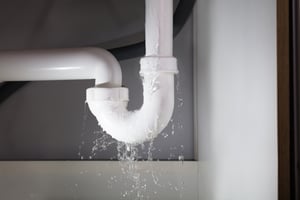As the arrival of warmer weather gets closer each day, you’re probably starting to think about yard work and outdoor projects you want to accomplish this year. An important machine that keeps your yard looking good is your lawn mower.
If you’re like me, you probably pushed your lawn mower into your garage or shed and left it to sit for the winter. If that’s the case, now’s the time to have some maintenance work done on it so you’re ready to start cutting when the spring grass starts growing.
To get the most out of your lawn mower this season, here are some maintenance tips:
1. Change the oil. Clean oil is critical to keeping your engine lubricated and running smoothly. If you didn’t change the oil at the end of the lawn-cutting season, make sure to do it now. Changing the oil in your lawn mower is very easy. If it doesn’t have a drain plug, simply remove the oil cap, and tip the lawn mower on its side to drain. Before refilling your mower with oil, refer to your owner’s manual to determine the correct oil type. Lastly, dispose of your oil based on municipality guidelines. It should never be thrown into your garbage.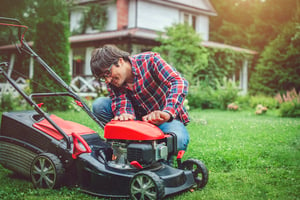
2. Replace the air filter. The purpose of the air filter is to protect your engine from dirt and debris. An extremely dirty air filter can lead to engine problems and potentially costly repairs. While it can vary on your conditions, typically you should change your air filter on a yearly basis. If your lawn mower is dusty and dirty after each cut, inspect it regularly. Depending on the filter type, you may be able to use your air compressor or vacuum cleaner to remove the debris.
3. Sharpen the blade. Your lawn mower blade is critical to maintaining your lawn and keeping it healthy. Hitting debris such as rocks, stones, sticks, and mulch can quickly dull it. Unfortunately, dull blades tear the grass instead of cutting it which causes grass to turn brown. This can also lead to disease. If you prefer not to do this yourself, visit your local hardware store or small engine shop. To prevent downtime, consider buying extra blades to keep on hand.
4. Give it a good wash. Grass clippings and other debris can build up underneath the mowing deck. If moisture is present, it can lead to mold growth. Use a putty knife, garden hose, or pressure washer regularly to keep it clean. Don’t forget to dry it off with a rag or blower.
5. Change the spark plug. If you’re having a difficult time starting your lawn mower, it may be time to change the spark plug. Over time, deposit buildup can occur. In addition, normal wear and tear can lead to cracked porcelain or electrodes that have been burned away.
6. Look for rodents. During the winter months, mice need a nice warm place to stay. If they find their way into your garage or shed, it’s likely they’ll find a nice engine to snuggle up to. Check your lawn mower and the area around it for evidence of mice. Things to look for include nesting materials, droppings, or gnaw marks.
7. Check tire pressure. Cold weather can reduce tire pressure. Before cutting your lawn, don’t forget to check tire pressure. If a tire has more air than others, it could cause uneven mowing.
8. Inspect the battery. If you kept your battery indoors or on a trickle charger, it should be ready to go when the grass starts growing. If you kept it in your mower, check for cracks in the casing or corrosion buildup. Corrosion buildup can be removed simply with baking soda and a wire brush. Lastly, if you’re installing your battery for the first time, make sure the connections are snug.
Don’t forget about safety. According to the Consumer Product Safety Commission, 80,000 people make unexpected trips to the emergency room each year because of lawn mower injuries.
Scott Stueber on Apr 7, 2020 10:29:21 AM
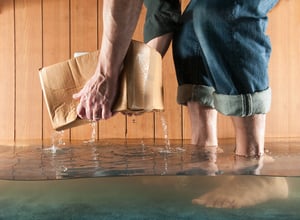

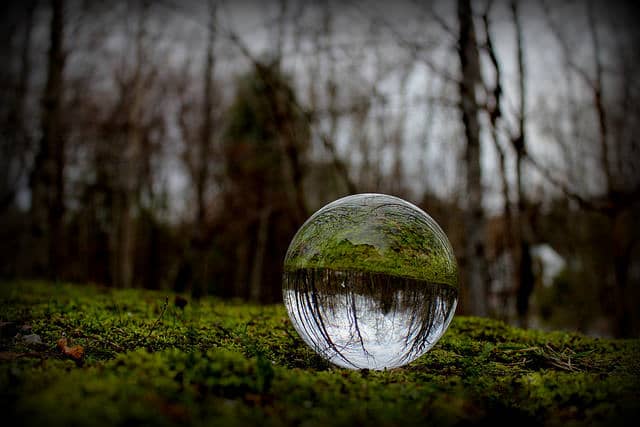


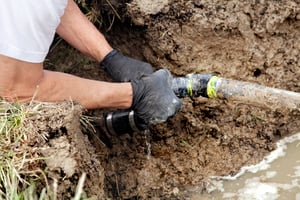 If you own a home, you know that if something breaks or fails, it can cause unexpected and devastating expenses. Underground lines that service a home for such things as water, sewer, gas, and internet can break, requiring costly repairs. While most of these lines aren’t covered by a base homeowner’s insurance policy, many insurance carriers offer optional limited coverage that can be added.
If you own a home, you know that if something breaks or fails, it can cause unexpected and devastating expenses. Underground lines that service a home for such things as water, sewer, gas, and internet can break, requiring costly repairs. While most of these lines aren’t covered by a base homeowner’s insurance policy, many insurance carriers offer optional limited coverage that can be added.